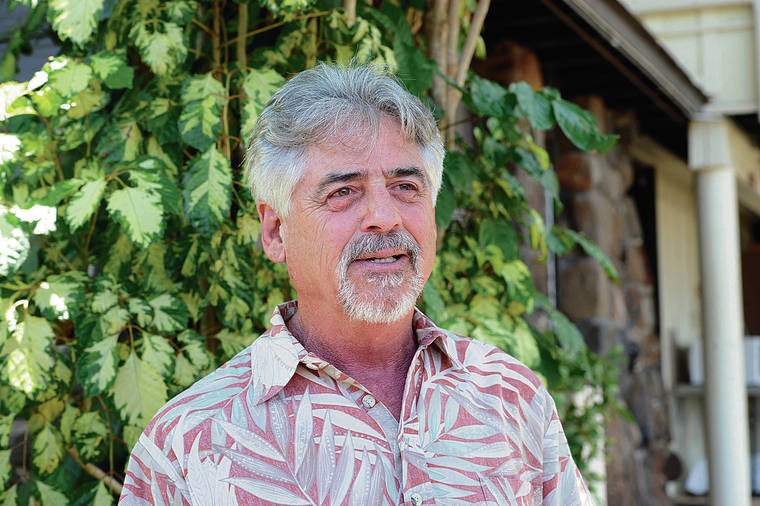Column: Not yet time to send kids back to school

BRUCE ASATO / BASATO@STARADVERTISER.COM
Paul Singer, retired head of Assets School, is a consultant with schools and school boards, and will be teaching educational psychology at Hawaii Pacific University.
I’ve spent my entire career in education, first on the mainland and then here in Hawaii as the now-retired head of school at Assets School. As I write this, Hawaii reported another COVID death and 55 new infections, the highest single daily number yet.
Medical experts across the nation are urging the country to shut down and start over or risk facing unfathomable death and consequences. Of course, we want kids back in school, but now is not the time.
Schools are enthusiastically sharing all the wonderful safety precautions they are taking to safeguard our keiki, yet we are completely overlooking the developmental realities of the early childhood mindset and that of school-aged children in general.
As educators, we know children aren’t wired for what’s expected of them now. The Swiss psychologist Jean Piaget used the term “preoperational stage” to describe preschool and primary grade students. For Piaget, “operation” denotes an action carried out through logical thinking, so “preoperational” means prelogical. We can demand that these youngest learners follow specific instructions, but these instructions run counter to their natural curiosity to explore, experience and be social. Let’s get real: Kids are kids. Setting rules and procedures while ignoring children’s egocentric perspective is naīve and completely unrealistic. It won’t work.
We also know that children internalize the stress around them. There’s an invisible virus — a boogeyman of sorts — that’s terrorizing our communities. Sending children out into the community and to their schools only intensifies that stress, potentially leading to night tremors, nightmares, eating disorders and spikes in anxiety.
While some argue that children are less susceptible to COVID-19, the science is evolving daily, without a clear consensus on its impact on our next generation. Further, the school community isn’t just children. It’s janitors, food workers, office staff, teachers, assistants, bus drivers and so many more, many at high risk due to other health conditions. Opening schools now exposes entire school communities and their extended families to potentially deadly consequences, and it brokers the likelihood of uncontainable community spread.
Don't miss out on what's happening!
Stay in touch with breaking news, as it happens, conveniently in your email inbox. It's FREE!
We know that children can be carriers of the virus, unknowingly bringing it back home, an unintended hitchhiker in their backpack. This is personal for me. As a 68-year-old father with diabetes and high blood pressure, I can’t imagine the life-long burden on my young son imagining the possibility that his father’s death from COVID-19 could be traced back to him.
Hawaii’s current strategy to reopen schools also further widens the gap between rich, middle class and poor. Heavily endowed private schools can afford safety measures that other schools, both public and private, cannot. If heavily endowed schools sincerely believe that there should be a “public purpose” to their work, then we need them and our community leaders to step up and share those resources so that all schools in the state can benefit from similar safety measures. Don’t all kids deserve equal opportunity when it comes to their health and safety? (I digress, of course; schools shouldn’t open now. But maybe when they do, we can find our way toward equity.)
The educators I talk with regularly know and agree with all of this. They know they are being asked to do the impossible. They know that getting kids back in school isn’t as much about the kids as it is about getting parents back to work.
We are at war with this virus, and by opening schools, we are asking our keiki — our next generation — to serve as the infantry on the front lines. We are sending them off to school with our thoughts and prayers. Surely we can do better.



